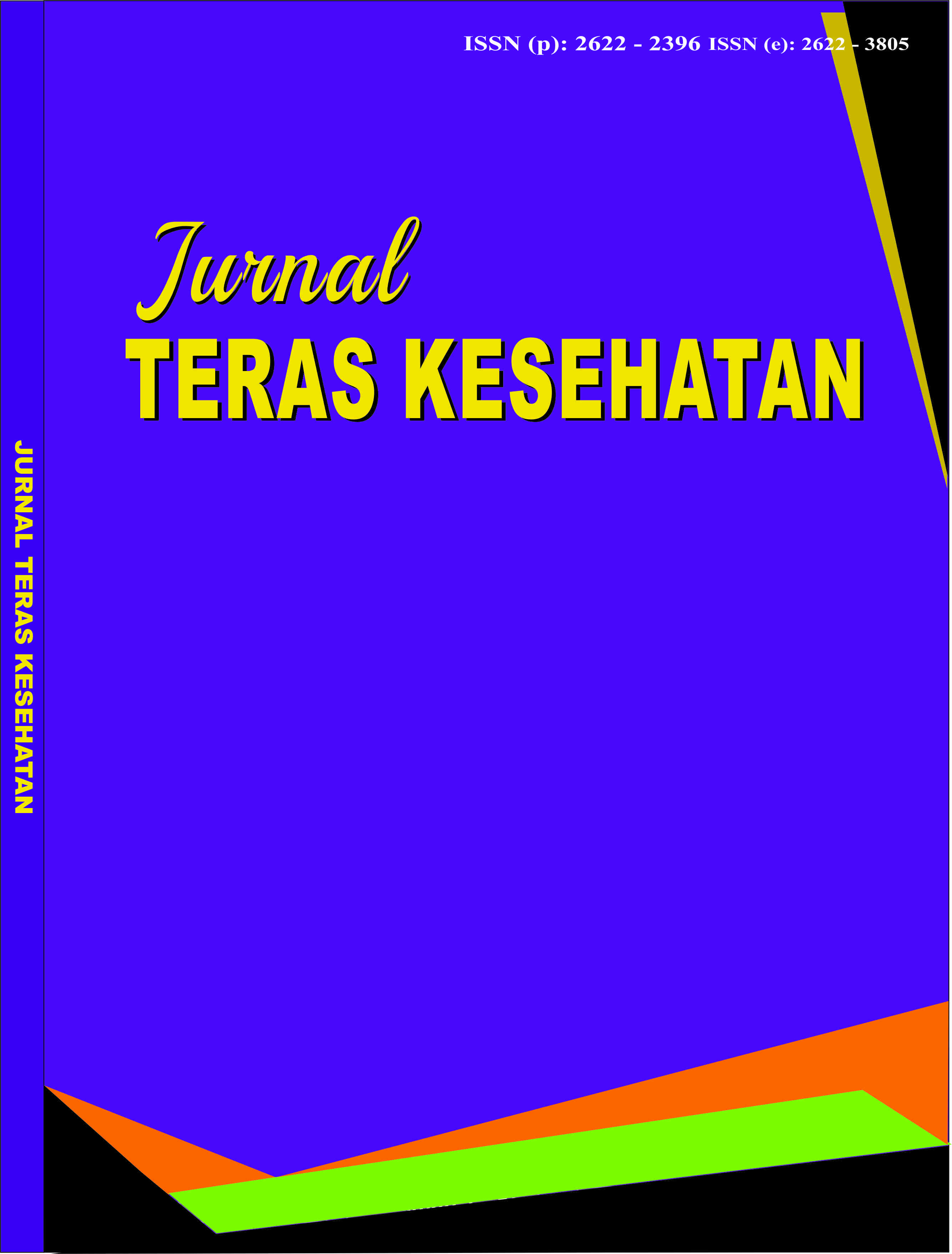PENERAPAN METODE INTEGRAL STIMULATION TERHADAP PASIEN DISLALIA
APPLICATION OF INTEGRAL STIMULATION METHOD TO DYSLALIA PATIENTS
DOI:
https://doi.org/10.38215/jtkes.v5i1.97Keywords:
consonant omission, dyslalia, integral stimulationAbstract
Dyslalia is an articulation disorder that is not caused by abnormalities in the central nervous system or the anatomy of speech organs. This study aims to determine the success rate of therapy with integral stimulation methods for a 3-year-7-month-old female patient. This research activity was carried out for 2 months in the Bayu Asih District Hospital Purwakarta. The chosen research method is a case study. Initial assessment of the case was carried out by interviewing, observing, testing, and studying documents, and then conducting therapy for 15 meetings which were observed and evaluated. The application of the method of integral stimulation to therapy is carried out to reduce the omission of the consonant /m/ at the word level. In this study, the success rate of therapy was 41.6%. Patients experienced a reduction in the number of omissions in the targeted consonant by 5 points, at the time of the pretest the patient experienced omission in 8 of the 12 test items, and the post-test omission was reduced to 3 test items. Based on the scale designed in this study, the application of the method of integral stimulation was considered quite successful.
Downloads
References
Gordon-Brannan, M. E., & Weiss, C. E. (2012). Clinical management of articulatory and phonologic disorders (3rd ed.). Philadelphia: Lippincott Williams & Wilkins.
King, A. M. (2013). Severe Speech Sound Disorders: An Integrated Multimodal Intervention. Dalam A. M. King, Language, Speech, and Hearing Services in Schools (Vol. 44, hal. 195).
Lewis, B. A. (2011). Subtyping Children with Speech Sound Disorders by Endophenotypes. Top Lang Disorders, 31(2), 112-127.
Martha, R. D., & Milvita, D. (2014). Penentuan Biodistribusi Tc-99m Perteknetat Menggunakan Teknik ROI pada Pasien Hipertiroid (Struma Difusa). Jurnal Fisika Universitas Andalas, 45-52.
Namasivayam, A. K. (2013). Relationship Between Speech Motor Control And Speech Intelligibility In Children With Speech Sound Disorders. Journal Of Communication Disorders, 46(3), 264-280.
Perry, C., Lu, F., Namavar, F., Kalkhoran, N., & Soref, R. (1991). Radical styloid. Proceedings of the 10th International Congress of Clinic. New York, USA.
Prihatsanti, U., Suryanto, & Hendriani, W. (2018). Menggunakan Studi Kasus sebagai Metode Ilmiah dalam Psikologi. Buletin Psikologi, 26(2), 126-136. Dipetik Juni 19, 2020, dari https://jurnal.ugm.ac.id/buletinpsikologi/article/38895
Pusponegoro, H. D. (2014). What to Do When You Find a Child with Speech and Language Delay. Dalam I. D. Jakarta, What, Why, How in Child Neurology (hal. 70-79).
Shipley, K. G. (2021). Assessment in Speech-Language Pathology a Resource Manual (6th ed.). San Diego: Plural Publishing.
Shriberg, L. D. (2003). Diagnostic markers for child speech-sound disorders: introductory comments. Clinical Linguistics & Phonetics, 17(7), 501-505.
Yosrika. (2021). Efektivitas Deteksi Dini Gangguan Bahasa dan Bicara di Posyandu Anyelir dan Posyandu Sekar Asih Kota Bandung. Jurnal Teras Kesehatan, 94-100.

Downloads
Published
Issue
Section
License
Copyright (c) 2022 Jurnal Teras Kesehatan

This work is licensed under a Creative Commons Attribution-ShareAlike 4.0 International License.
Authors who publish articles in Jurnal Teras Kesehatan agree to the following terms:
- Authors retain copyright of the article and grant the journal the right of first publication with the work simultaneously licensed under a CC-BY-SA or the Creative Commons Attribution–ShareAlike License.
- Authors can enter into separate, additional contractual arrangements for the non-exclusive distribution of the journal's published version of the work (e.g., post it to an institutional repository or publish it in a book), with an acknowledgment of its initial publication in this journal.
Authors are permitted and encouraged to post their work online (e.g., in institutional repositories or on their website) prior to and during the submission process, as it can lead to productive exchanges, as well as earlier and greater citation of published work (See The Effect of Open Access)










